DAH Solar’s Full-Screen Technology Demonstrates 11% Energy Gain for Solar PV Modules As frameless PV modules are gradually becoming a mainstream trend in the industry, PV magazine had an interview with DAH Solar’s R&D Director, Dr. Jiang Chengyin, about the company’s design for its 3.0 Full-Screen product version further improves energy yield while lowering costs and reducing the likelihood of fractures. What is the “Full-Screen” technology for solar modules? Dr. Jiang Chengyin: Regular solar modules have frames that protrude above the glass surface, causing dust to accumulate since rainwater can't flow off quickly. Through our patented design, we ensure the frame is flush with the surface, allowing rainwater to smoothly run off and carry away dust, achieving a self-cleaning effect. Based on outdoor performance tests, at an installation angle of around 5 degrees, which simulates the typical installation angle on most domestic color steel tile roofs, our Full-Screen modules can achieve an annual energy gain of approximately 11%. With the elimination of traditional aluminum frame wrapping, can the Full-Screen's flat edge design meet structural rigidity requirements? How does it withstand long-term outdoor sealing performance? Dr. Jiang Chengyin: Originally, double-glass modules had no frames. With encapsulation of double-sided strengthened glass fully meeting the module's strength requirements. Adding frame designs primarily protected glass edges from damage. Since the distance from the internal cell's conductive part to the module edge is generally over 15 mm, the waterproof sealing insulation width at the edge is also 15 mm, ensuring long-term outdoor sealing. DAH Solar's design eliminates the front frame but retains side and back frames, bonded with high-strength silicone rubber, maintaining glass edge protection. Silicone rubber offers proven durability and weather resistance. What improvements does DAH Solar's Full-Screen product at this SNEC exhibit offer compared to previous models? Dr. Jiang Chengyin: Our Full-Screen product has advanced to version 3.0, which is a significant improvement over versions 1.0 and 2.0. First, we have adopted the Full-Screen plus “Dense Busbar” (DBB), which is a design similar to 0BB. DBB technology has several advantages, notably significantly reducing silver consumption during cell production, lowering product costs. Additionally, in module production, we've abandoned high-temperature welding processes, using low-temperature film to bond ribbons to cell surfaces. This low-temperature encapsulation process enhances module power, reduces virtual welding and the likelihood of fractures, improves yield, and extends product life by avoiding flux residues that corrode grid lines. Overall, version 3.0 products show significant improvements in reliability and power generation compared to past versions. Furthermore, we now use industry-leading rectangular silicon wafers based on 182 mm as the substrate for TOPCon ce...
Read More
 English
English فارسی
فارسی français
français русский
русский español
español português
português العربية
العربية 日本語
日本語 Polski
Polski ไทย
ไทย Việt Nam
Việt Nam Indonesia
Indonesia 中文
中文







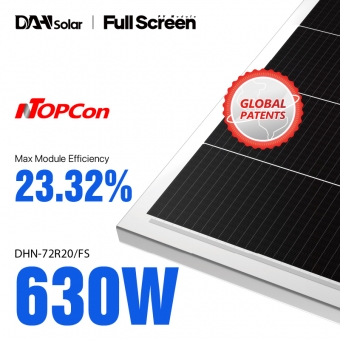
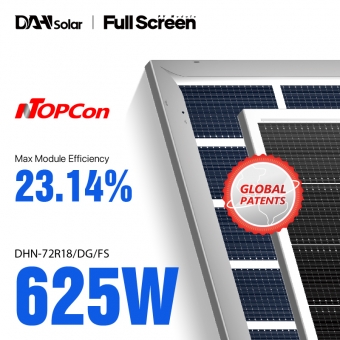
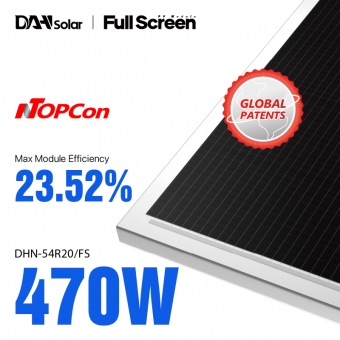
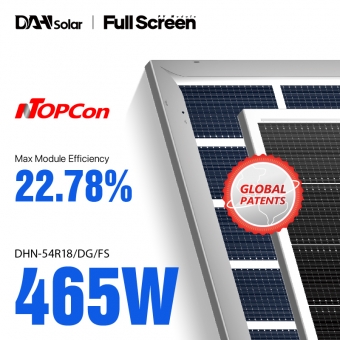
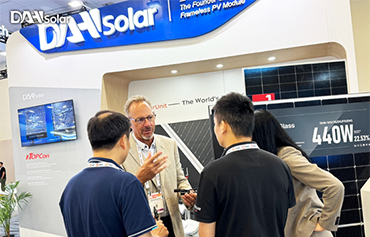
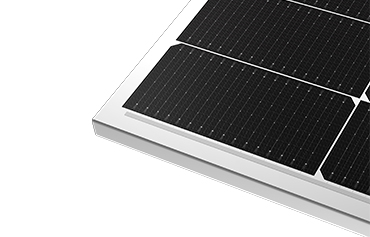
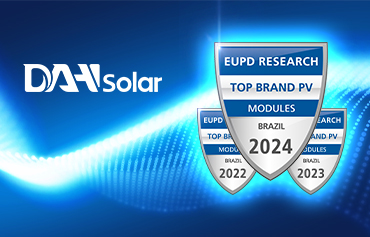
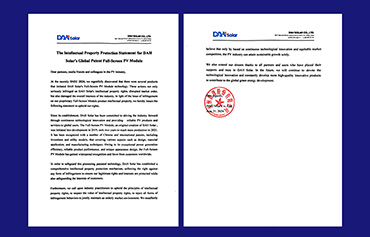
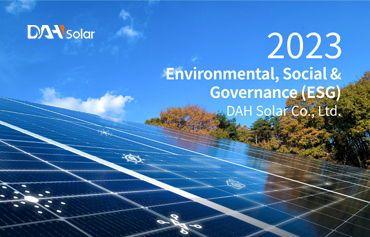
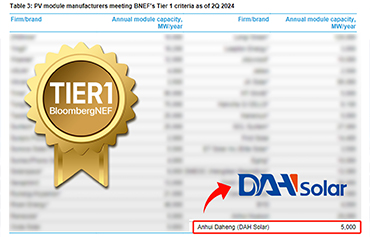






 0086 137 2104 1763
0086 137 2104 1763

